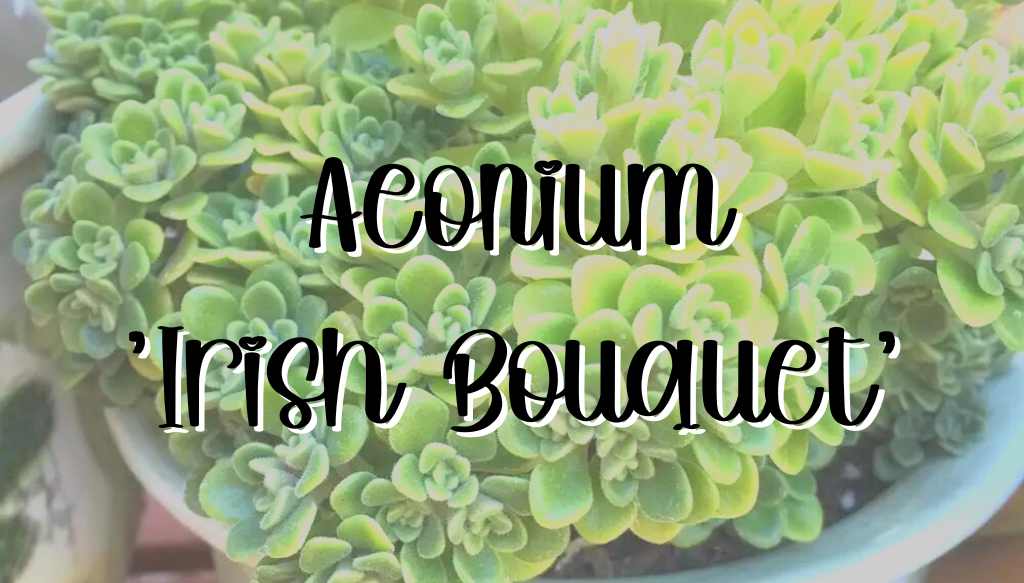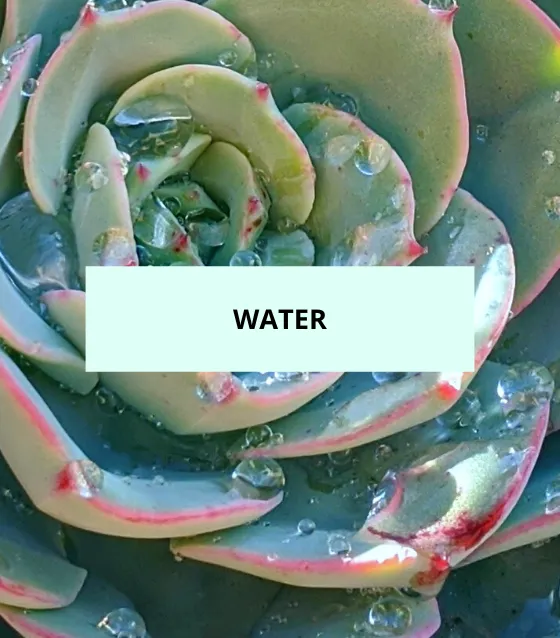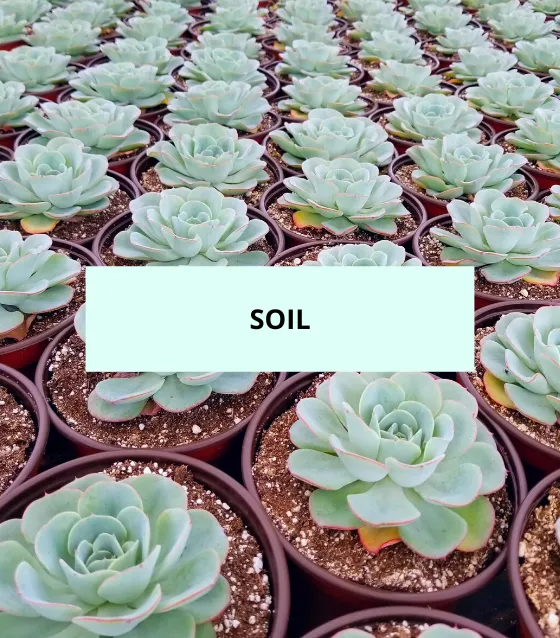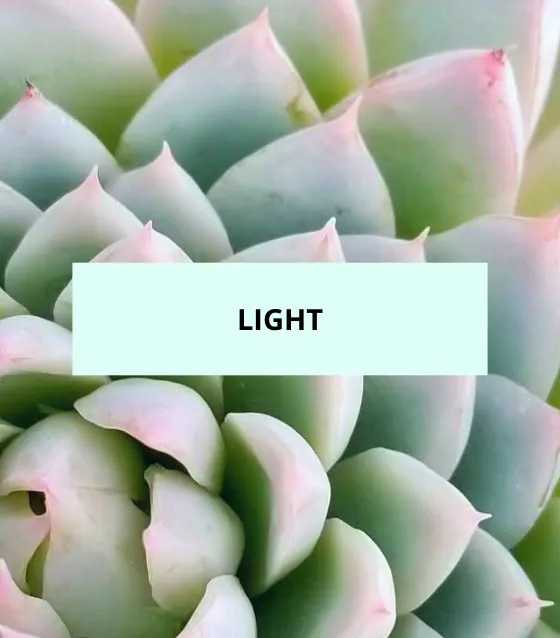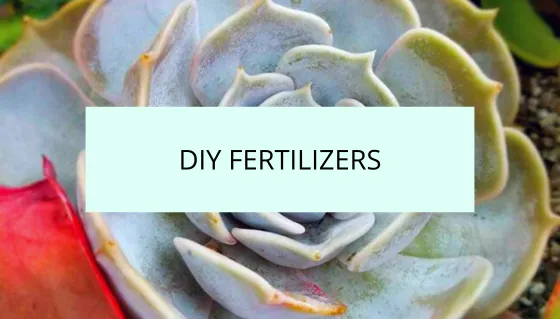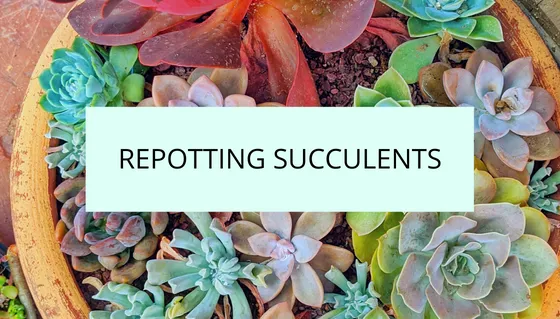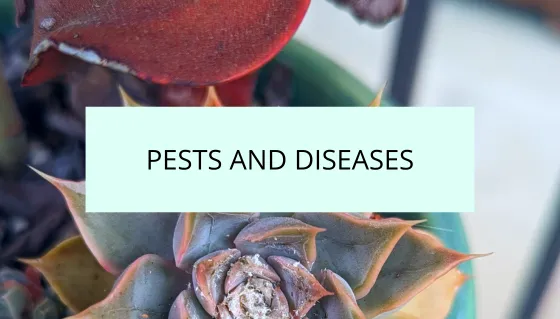In this article, we will take a closer look at the Aeonium lindleyi var. viscatum ‘Irish Bouquet,’ a beautiful succulent that is sure to capture the attention of succulent enthusiasts. This variety is known for its distinctive appearance, lovely flowers, and ease of propagation. So, let’s delve into the details of this captivating plant.
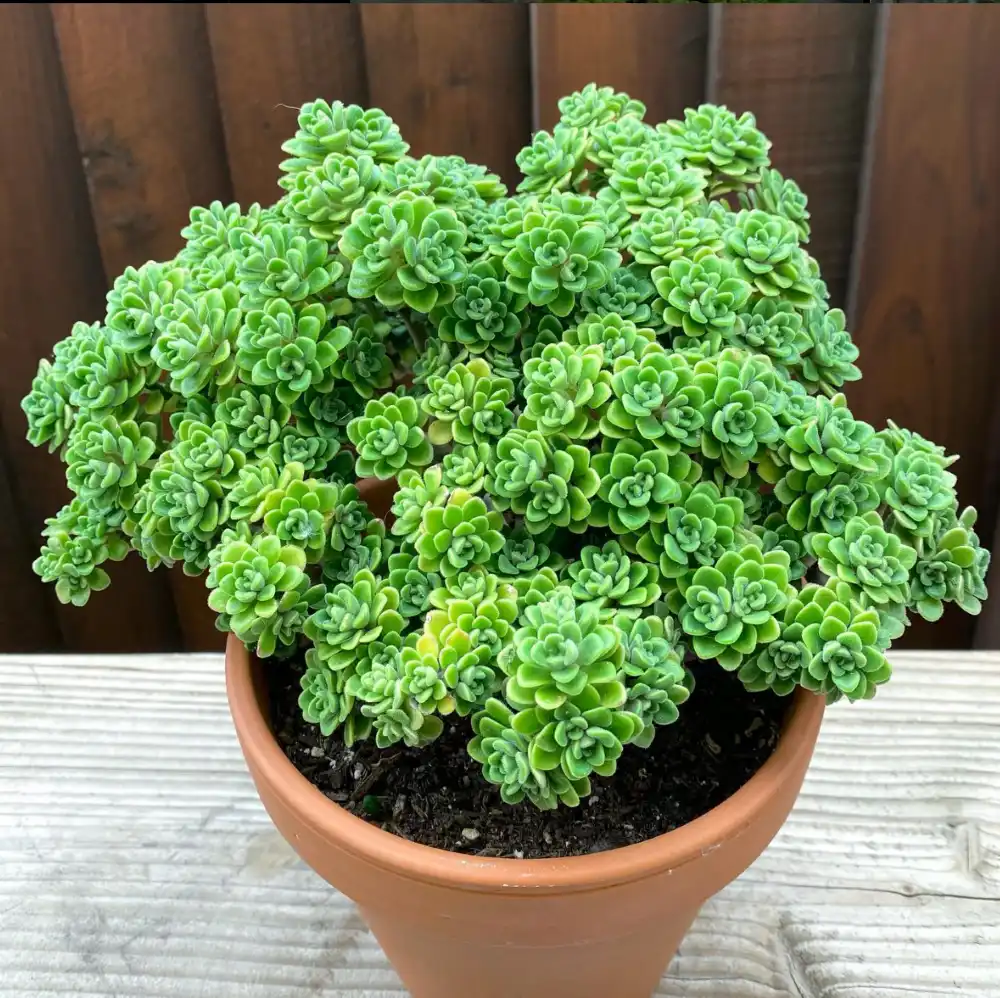
Dig in!
Appearance and Growth
The Aeonium lindleyi var. viscatum ‘Irish Bouquet’ is a visually striking succulent with a unique rosette-shaped growth habit. The rosettes consist of dense, spoon-shaped leaves that are variegated with shades of green, cream, and pink. The leaves are arranged in a tight, compact manner, forming a stunning bouquet-like cluster. This variety typically grows to a height of about 6-8 inches (15-20 cm) and spreads to a similar width.
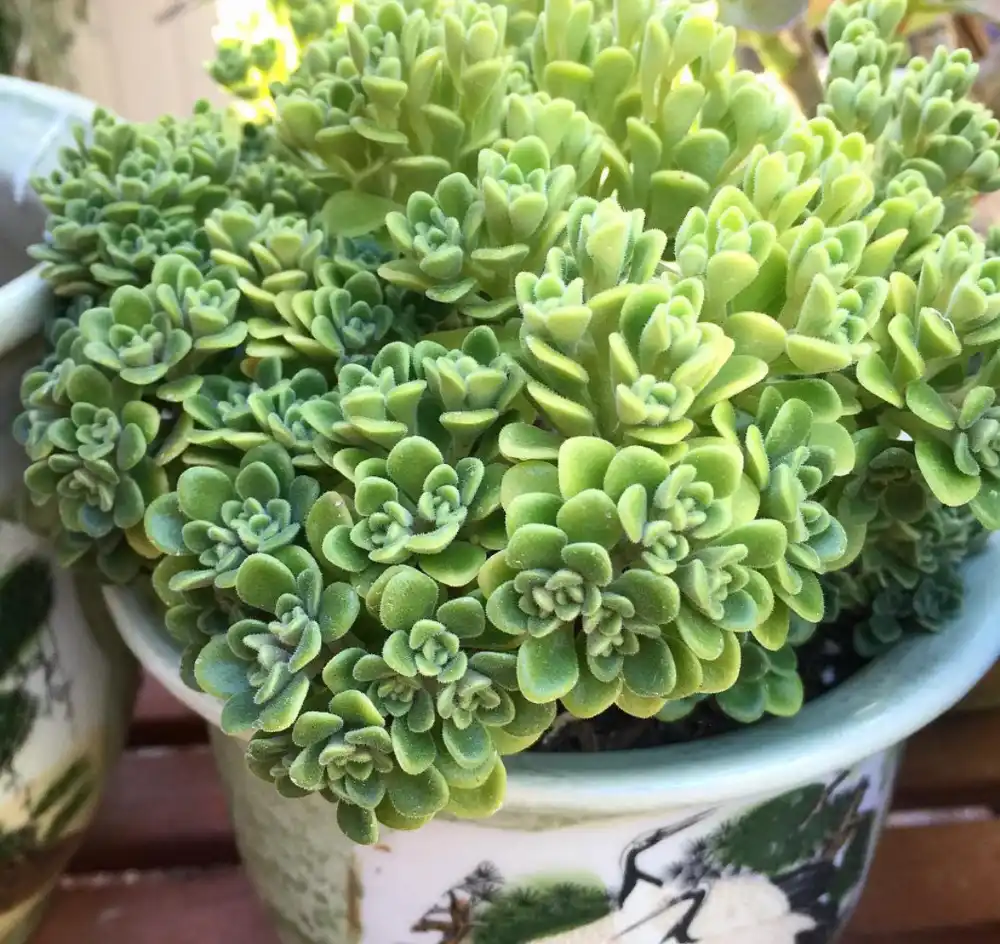
Flower Color and Blooming Season
One of the highlights of the Aeonium lindleyi var. viscatum ‘Irish Bouquet’ is its charming flowers. The blooms appear atop long, slender stalks that emerge from the center of the rosettes. The flowers of this variety are star-shaped and typically exhibit shades of yellow or pale green. However, it’s important to note that not all plants may produce flowers, as flowering can be influenced by various factors such as environmental conditions and maturity.
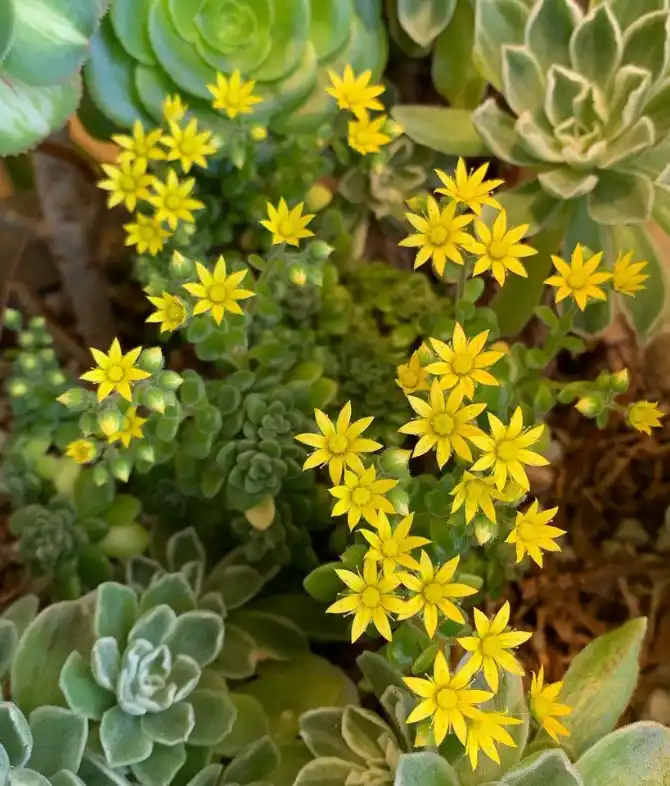
The blooming season for this succulent usually occurs during the spring and early summer months. It’s a delightful sight to witness the vibrant flowers contrasting against the variegated foliage, adding an extra touch of beauty to this already captivating plant.
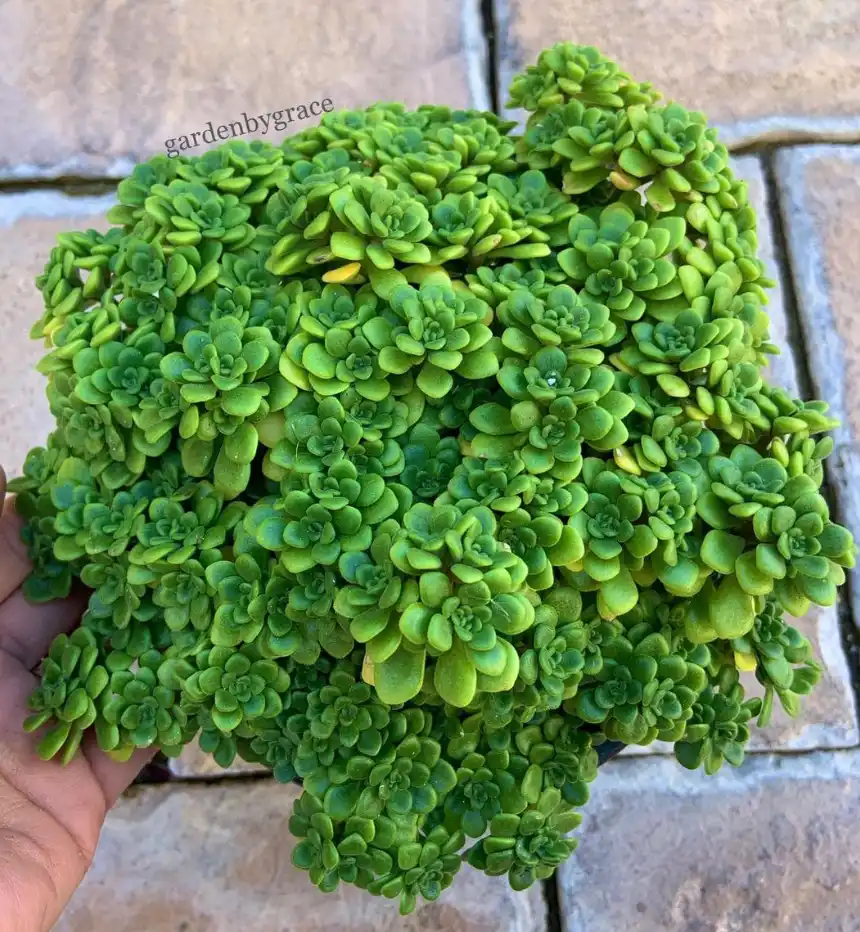
Toxicity
For pet owners and those concerned about the safety of their household members, it’s essential to understand the potential toxicity of plants. Fortunately, the Aeonium lindleyi var. viscatum ‘Irish Bouquet’ is considered non-toxic to cats, dogs, and humans. This means that even if accidentally ingested, it is unlikely to cause significant harm. However, it’s always a good practice to discourage pets and children from chewing on any plants as a precautionary measure.
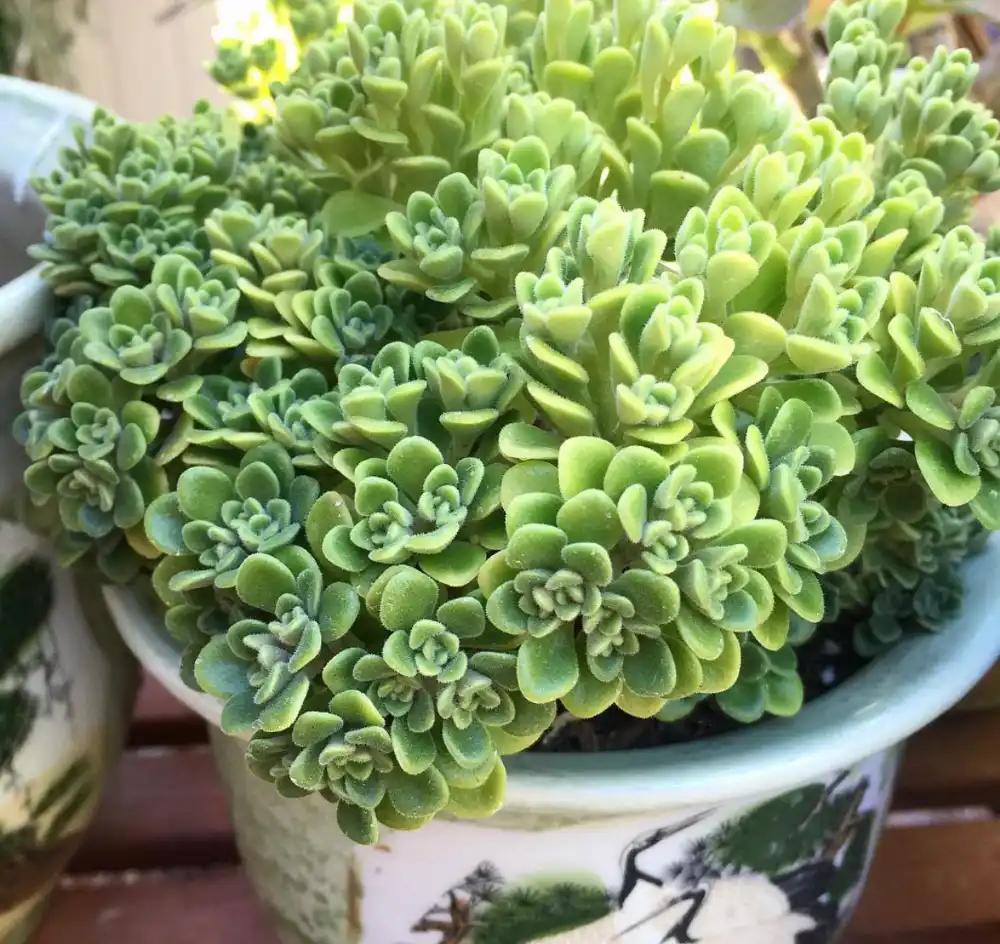
Aeonium lindleyi var. viscatum ‘Irish Bouquet’ Propagation Methods
If you are interested in expanding your Aeonium lindleyi var. viscatum ‘Irish Bouquet’ collection or sharing this lovely succulent with others, propagation is a straightforward and rewarding process. There are a few methods you can use to propagate this plant:
- Leaf Cuttings: Select a healthy leaf from the plant and carefully remove it, ensuring that you include a small portion of the stem. Allow the leaf cutting to dry and callus for a few days. Once calloused, place the cutting in well-draining soil, mist it occasionally, and provide indirect light. Over time, the cutting will develop roots and eventually grow into a new plant.
- Stem Cuttings: Similar to leaf cuttings, you can also propagate the Aeonium lindleyi var. viscatum ‘Irish Bouquet’ using stem cuttings. Cut a section of the stem, ensuring it has multiple leaves. Allow the cutting to dry and callus for a few days, then plant it in well-draining soil. Mist the cutting occasionally and provide indirect light. With proper care, the cutting will root and establish itself.
- Offsets: This variety produces offsets, also known as “pups,” which are small, new plants that emerge from the base of the parent plant. Gently separate the offsets from the main plant, ensuring that each has some roots attached. Plant the offsets in their own pots with well-draining soil, and care for them as you would with mature plants.
By utilizing these propagation methods, you can enjoy the process of growing new Aeonium lindleyi var. viscatum ‘Irish Bouquet’ plants and expand your collection or share them with fellow succulent enthusiasts.
The Aeonium lindleyi var. viscatum ‘Irish Bouquet’ is an enchanting succulent that offers a delightful combination of striking foliage, lovely flowers, and ease of propagation. With its variegated rosettes and charming blooms, it is sure to be a captivating addition to any succulent collection. Additionally, its non-toxic nature ensures peace of mind for pet owners and plant lovers alike. Whether you choose to propagate this succulent through leaf or stem cuttings or by separating offsets, the process is relatively simple and rewarding. So, if you’re looking to add a touch of beauty to your indoor or outdoor space, the Aeonium lindleyi var. viscatum ‘Irish Bouquet’ is definitely worth considering.

